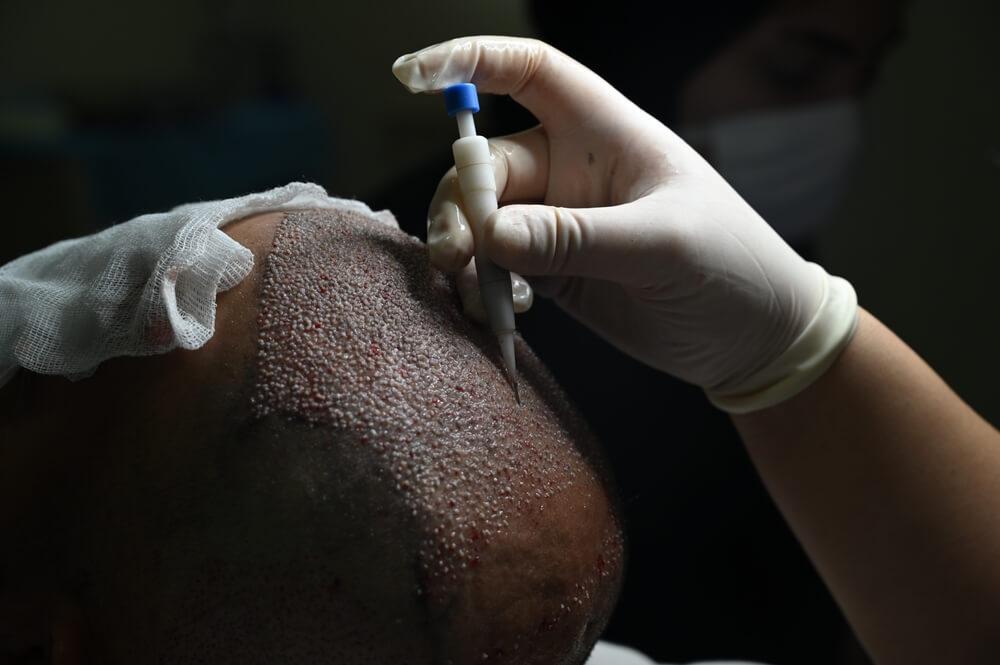DEBUG: The DHI Hair Transplant Technique: Everything You Need to Know
The DHI Hair Transplant Technique: Everything You Need to Know
- Home
- The DHI Hair Transplant Technique: Everything You Need to Know

Hair loss is a common concern for millions of people worldwide, and with advancements in technology, innovative solutions are now more accessible than ever. Among these methods, the Direct Hair Implantation (DHI) technique has gained popularity for its precision, minimally invasive approach, and impressive results. In this blog post, we’ll dive deep into what the DHI technique involves, how it differs from other hair restoration methods, and why it might be the ideal choice for you.
The DHI (Direct Hair Implantation) technique is an advanced hair transplant method that combines the best aspects of Follicular Unit Extraction (FUE) and refined implantation techniques. Developed by DHI Global Medical Group, it utilizes a specialized tool called a DHI implanter pen, which allows for greater control and precision during the transplant process.
DHI doesn’t require creating incisions beforehand in the recipient area, which reduces trauma to the scalp, minimizes scarring, and speeds up the recovery process.
The DHI technique involves two main steps:
Here are some of the reasons why DHI is preferred by many:
Let’s compare DHI with two other common hair transplant methods:
| Factor | DHI | FUE | FUT |
|---|---|---|---|
| Technique | Direct implantation with implanter | Extraction and implantation separately | Strip removal and implantation |
| Scarring | Minimal or no visible scarring | Minimal scarring | Linear scar in donor area |
| Recovery Time | Quick (3-5 days) | Moderate (5-7 days) | Longer (10-14 days) |
| Natural Look | Very natural with precise angles | Natural with skilled handling | Natural, but requires skilled handling |
| Ideal Candidates | All hair types and densities | All hair types | Dense donor areas only |
DHI is suitable for a wide range of individuals experiencing hair loss or thinning. Ideal candidates for DHI include:
The cost of a DHI procedure can vary depending on factors such as the number of grafts needed, clinic location, and surgeon expertise. Typically, DHI can be more expensive than FUE or FUT due to its advanced tools and techniques.
The DHI technique is a breakthrough in hair restoration, offering a solution that is less invasive, more precise, and yields highly natural results. Whether you’re experiencing early-stage hair thinning or significant hair loss, DHI may provide the transformation you’re looking for. By working with a reputable clinic and experienced specialist, you can enjoy restored confidence and a natural-looking head of hair.